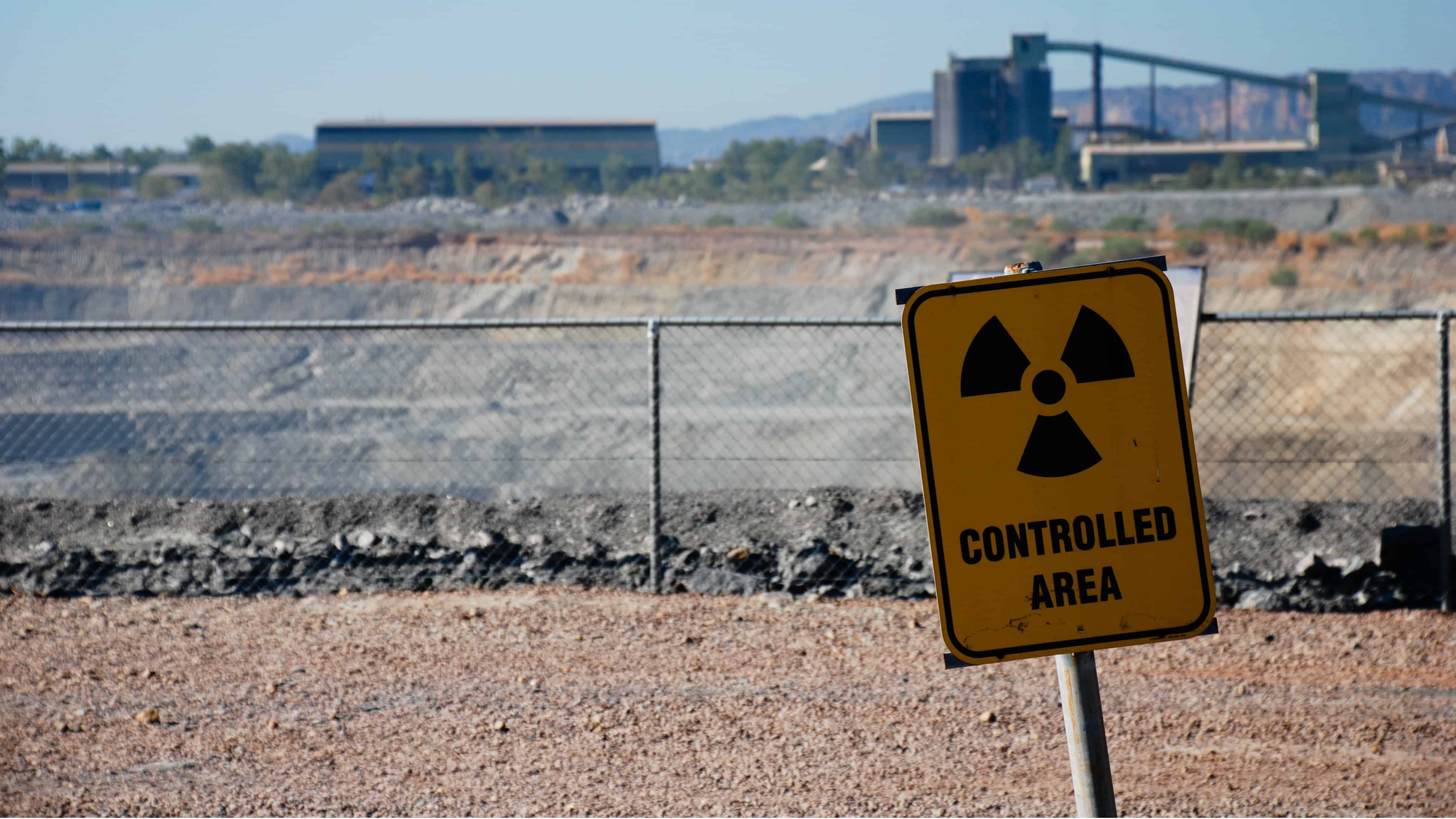It was only around the middle of 2017 that analysts were issuing bullish prognostications over the outlook for uranium, which has been caught in a deep slump for years. The radioactive metal’s weakness has sharply impacted the fortunes of embattled uranium miner Cameco Corp. (TSX:CCO)(NYSE:CCJ), which is now trading at less than half of its 2014 peak.
Recently, Cameco reported its fourth consecutive quarterly loss, triggered by softer uranium prices caused by the average year-to-date spot price being 20% lower than it had been during 2016. While analysts certainly painted a bright picture of uranium’s prospects over the medium to long term, sparking considerable conjecture that Cameco represents a deep-value investment opportunity, there are few signs, if any, that uranium will ever recover.
Now what?
The bullish arguments for uranium are based on a combination of rising demand from new reactors coming online coupled with falling primary supplies because of uranium miner’s shuttering uneconomic production. While there are over 50 reactors being built globally, and some miners have curtailed production or even closed mines, the industry is yet to see signs of a large enough supply shortfall that would be sufficient to trigger a sustained rally.
You see, the popularity of uranium waned substantially in the wake of Japan’s 2011 Fukushima nuclear disaster, which was precipitated by a tsunami following the Tōhoku earthquake. After the disaster, Tokyo issued a moratorium, idling all 54 of the nation’s nuclear power plants, which, despite being lifted in July of this year, has only seen three plants come back online.
That moratorium, along with tougher government regulation, saw the owner of the Fukushima plant Tokyo Electric Power Co. call “force majeure” on its contract for uranium with Cameco and cease accepting uranium deliveries earlier this year. This has had a marked impact on Cameco’s future finances, potentially costing the company over $1 billion in revenue and highlighting the risks that uranium miners face.
The bad news for the uranium mining industry doesn’t end there. South Korea has moved to scrap plans for new nuclear reactors and phase out existing plants as they approach the end of their lifespan. Then there is France, which derives 75% of its electricity from nuclear power; the country recently announced that it plans to reduce that figure to 50% by 2025, which could see up to 17 nuclear plants closed.
The decline in the popularity of nuclear energy is weighing heavily on uranium, and it is being further exacerbated by the rise of renewable sources of energy such as wind and solar.
In fact, according to data from a range of government and private agencies, offshore wind power and solar power are cheaper per kilowatt hour produced than nuclear power. Unlike nuclear power, they don’t produce waste or come with the same devastating risks associated with a catastrophic plant failure, as witnessed at Fukushima. Momentum for the adoption of renewables is growing at a furious pace, and even Trump’s opposition to the climate change theory as well as renewables won’t be sufficient to stop significant amounts of investment over the coming years.
So what?
With uranium being squeezed at both ends of the demand and supply spectrum, it is difficult to see a sustained rally occurring any time soon. These factors mean that nuclear power is unlikely to expand and is slowly falling into decline, boding poorly for any marked uptick in demand for uranium. This means that Cameco and other uranium miners are facing an uncertain future with further disappointing financial results ahead.







